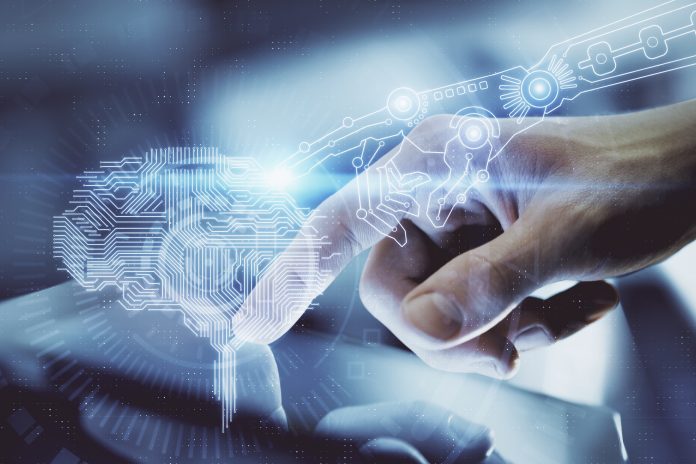Cybercriminals now have more tools at their disposal to carry out their malicious intent. The growing interest of clients in online platforms has prompted businesses to pursue a digital presence. Businesses that occupy digital space also attract the attention of fraudsters. According to Javelin Research’s 2021 identity fraud research, companies lost nearly $13 billion to identity theft. Identity theft can be minimized if businesses adhere to appropriate standards regarding user identification. Biometric screening is a sophisticated method of identifying users for a business.
What is Biometric Screening?
Biometric verification is the technique through which businesses identify users based on their biological traits. This is the most extensively used method of identifying in the digital age. Almost every business and other formal establishment requires clients to be identified prior to being admitted to the building.
Except for biometric screening, all other identification systems require customers to provide an identification document or other acceptable proof of identity. It is based on the user’s unique biological characteristics, which are unique to each individual. Biometrics include a customer’s facial traits, fingerprints, and hand recognition.
Conventional methods of identification are no longer sufficient due to the ease with which imposters can spoof them. Therefore, rather than validating users using their identification documents or any other technique, it is preferable to identify them using biometrics such as their face, iris, hand, the distance between their eyes, and the length of their jawline.
Types of Biometric Screening
It is a reliable method of identification that produces legitimate findings. Numerous biometric types can be used to identify users:
Scan Fingerprints
This is a well-known technique for biometric security. Because it is not regarded as a responsible source, businesses have ceased to use it. Businesses have also abandoned fingerprinting, as fingerprints can be obliterated over time or if a consumer engages in any do-it-yourself activity. Due to the unauthentic nature of their result-driven services, businesses do not rely on fingerprinting.
Iris Scanning
This is the most vital and reliable biometric security service available. This is accomplished by penetrating infrared light into the users’ eyes. However, clients dislike this due to the inconvenience involved. In addition, the fact that clients must maintain a specific posture in order to be validated adds to the annoyance. The other reason for its unpopularity is hygiene, as consumers must rest their chin on a resting area that numerous others have already used.
Recognized Faces
Face recognition, a frequently utilized biometric feature, makes use of biometric technology, which most organizations prefer to have in their system. With fingerprinting being the traditional approach and iris recognition being widely despised by consumers, facial recognition is the most popular method for both businesses and customers. Almost every business, office, and educational institution today uses face recognition technology to grant access.
Biometric Security in the Banking Sector
Biometric identification online has supplanted traditional methods of client identifying authentication. Token-based identification and passwords are considered obsolete. The following are a few strategies that banks can utilize to scale their biometric recognition experience:
Onboarding Customers
Banks and other financial institutions can use biometric services to enroll customers. Typically, banks require their clients to submit their customer information as part of their due diligence process. Customers provide their identification documents to financial institutions in order to be identified. With users growing more technologically savvy, they demand a simplified online identification process. Financial organizations can improve their consumers’ experience by enabling improved security through the use of biometric verification such as facial identification.
Banking Online
Due to the widespread availability of the internet, consumers are now doing jobs via their smartphones. Customers now prefer to do all of their transactions online, from purchasing goods to paying their bills. However, digital banking is still fraught with dangers. When biometric recognition, such as facial recognition, is used, digital banking transactions can be conducted with increased legitimacy.
Banks are required to safeguard digital transactions and eliminate fraud. Banks can benefit from transaction monitoring in this instance. Facial recognition can be used to conduct ongoing know your customer interactions effectively. Biometric user authentication enables banks to safeguard critical customer information.
Conclusion
Biometric ID card verification is a contemporary technique of user verification that is being adopted by a wide variety of businesses. Biometrics such as iris and facial recognition, as well as fingerprinting, produce authentic findings and are the most extensively used identifying techniques.

